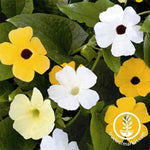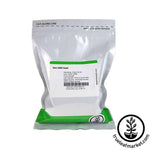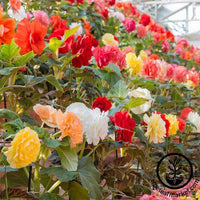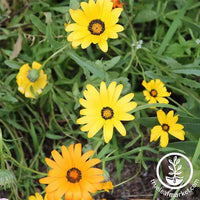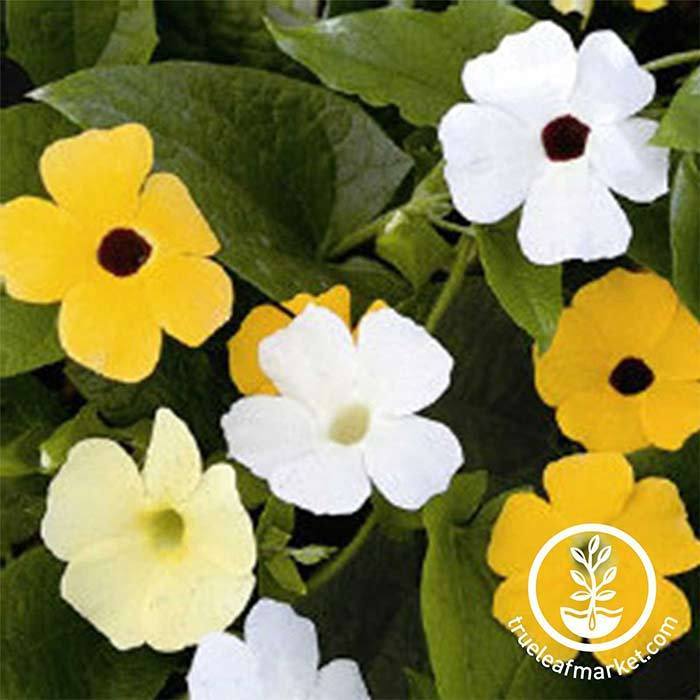
56-63 days. Thunbergia Alata Mix seeds are an essential grow in your garden, home, or patio for nearly any season. Alata Mix thunbergias are easy to grow from seed and produce hardy and vigorous perennial vines and, as a native to tropical African climates, can bloom year-round indoors and in warm winter climates. Alata Mix thunbergia seeds are ideal to liven up baskets, trellises, trees, or dull interior decor. Alata Mix thunbergias mature into 5-8 foot long lush, leafy vines with countless dozens of canary, orange, yellow, and cream color petals that promise to excite all year long.







